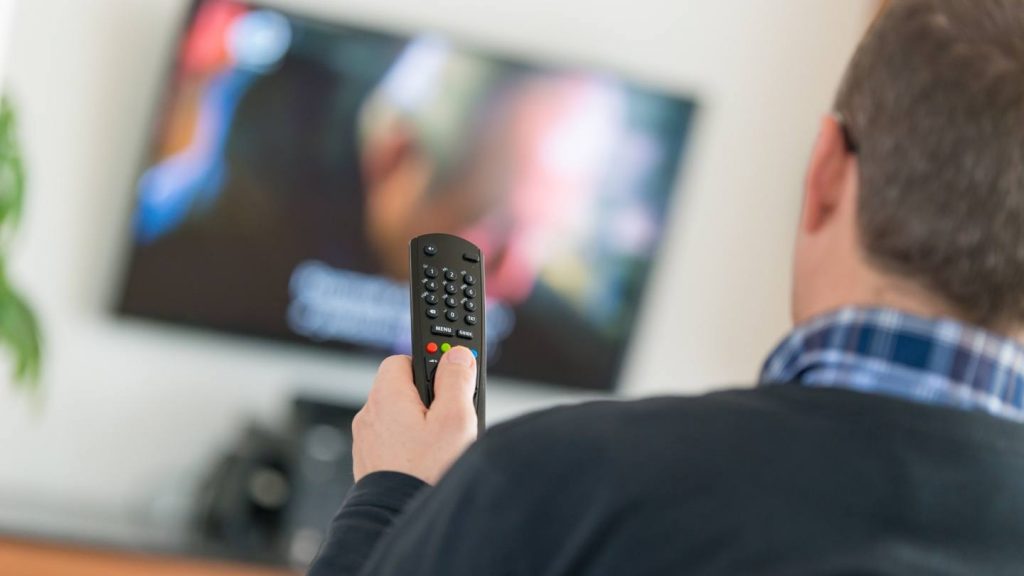
Cable television has been popular for some decades now, but it’s quickly being replaced by streaming services. This phenomenon of switching from cable TV to streaming all of your shows is known as “cord-cutting”. Both of these media-consuming options give you a variety of shows to watch— for a price. Here’s a look at three factors that will play a major role in your decision.
Cable
The biggest reason that many people have decided to cut the cord is because cable prices are constantly rising. Costs may vary depending on which cable company you choose and which package you choose. The starting (monthly) prices for some of the most popular cable companies are:
- Sparklight: $15.00
- Suddenlink: $30.00
- Spectrum: $49.99
- Xfinity: $49.99
- Cox: $53.00
These are just the base prices (meaning that the price increases with different packages), but they’re pretty affordable.
Streaming Services
Streaming services definitely beat cable at prices, notably because some of them are free. These include Crackle, Peacock (which has a free option), Pluto TV, Sling, Tubi, and Vudu. For the services that do require a paid monthly subscription, the starting prices are as follows:
- Peacock (paid): $4.99
- Apple Plus TV: $4.99
- Paramount Plus: $5.99
- Hulu: $6.99
- Disney Plus: $7.99
- Amazon Prime Video: $8.99 (free for Amazon Prime members)
- HBO Max: $9.99
- Netflix: $9.99
- Philo: $25.00
- Sling TV (paid): $35.00
- Fubo TV: $64.99
- Hulu + Live TV: $64.99
- YouTube TV: $64.99
The live TV streaming services (Philo, Sling, Fubo, Hulu + Live TV, and YouTube TV) are comparable to actually having cable, although many of their starting prices are higher than cable TV prices.
In the U.S., there are over 450 cable/internet providers to choose from— much more than the number of streaming services available. So at first glance, it looks like you’d have more options going with cable— and you do— but the majority of cable providers are pretty much the same. On the other hand, streaming services are much more varied when it comes to movies and TV shows, so you’re not as likely to have duplicate TV shows and movies like you would with multiple cable providers.
However, with streaming services, you’re limited to what’s on that particular platform at the time— and not all movies and TV shows stay on a platform permanently. Whereas with cable, you have access to whatever is playing on live TV. This is why it’s a good thing that you can subscribe to more than one streaming service at a time— you just have to pay for the ones that aren’t free.
Cable
When it comes to cable TV, you don’t get that much flexibility. For starters, with the majority of cable providers, you’re locked into a contract for a year or two— and a lot of times your monthly payment increases while you’re locked into your contract. Cables providers also aren’t too happy if you’re wanting to break that contract.
Another minor inconvenience is that because cable TV is live TV, you have to watch your favorite shows at a certain time— unless you have a DVR. You’re also limited to only watching on the television that is hooked up to the cable service.
Streaming Services
Streaming definitely gives you much more flexibility than cable TV. The biggest streaming platforms do not require you to sign a contract— you can cancel your subscription whenever you’d like. Many platforms also offer a free trial period (usually for about seven days) so you can decide if you want to subscribe before you pay.
You’re also able to watch your favorite shows and movies on-demand, or live if you subscribe to a live streaming service. If full seasons are available, you’re able to “binge-watch” without the inconvenience of a set time slot.
The final benefit is that you can stream on a variety of devices: smart TV, smart tablet, smartphone, computer, and even through game consoles like PlayStation and Xbox. You don’t even have to have a smart TV— Roku and Amazon Fire Stick are external devices that can plug into a TV with a USB port. There’s even a media hub known as Kodi that can house all of your streaming apps, and you can add additional media to this hub.
Overall, streaming platforms will give you more for your money. Prices rarely increase for most platforms, and when they do, it’s only by a dollar or two versus doubling in price. You can also subscribe to more than one service at a time, and you can watch on a variety of devices and on-demand.

